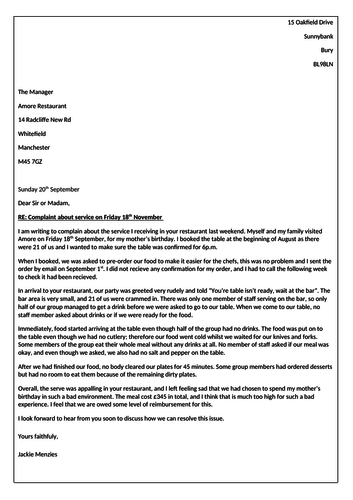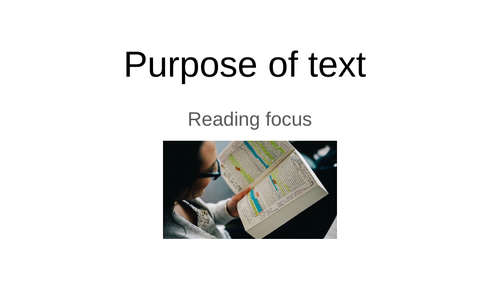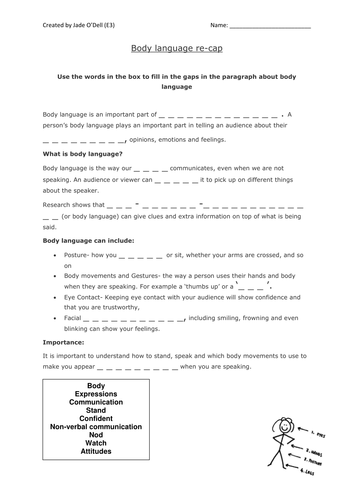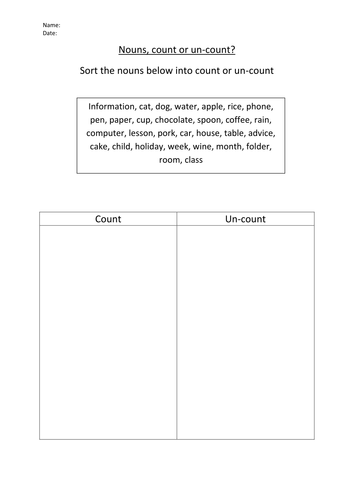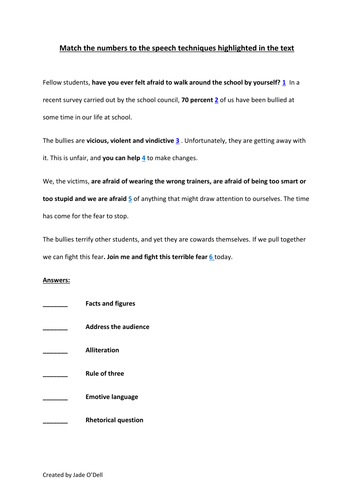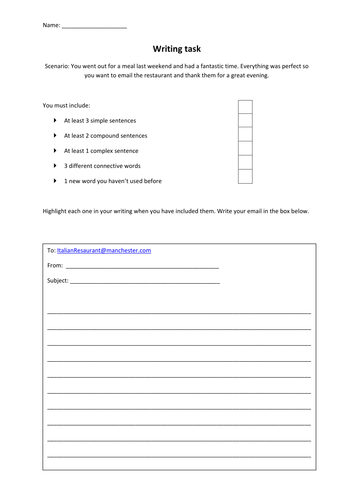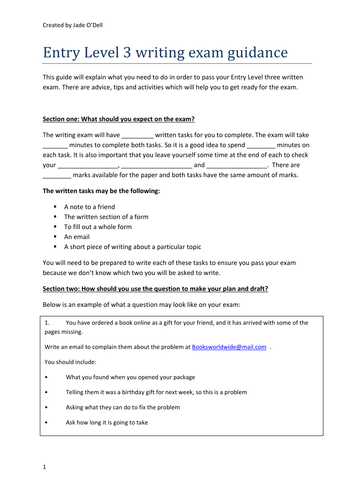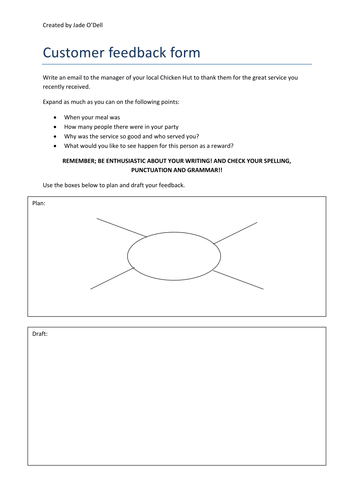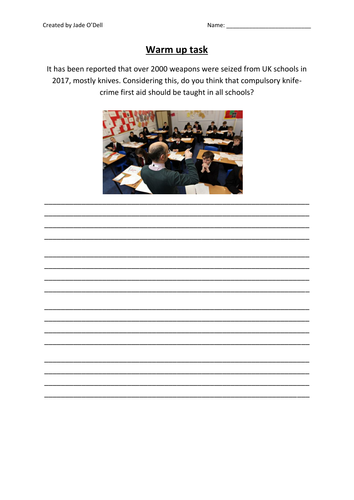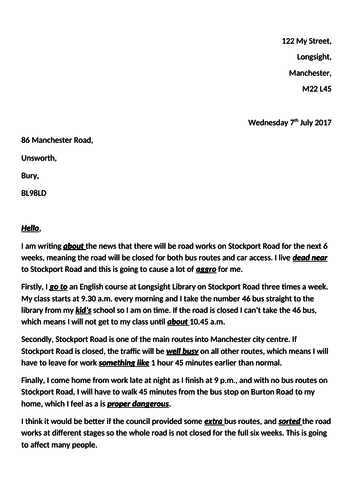Jade O'Dell's Shop
After teaching English in Thailand for three years I moved home in 2015 to complete my PGCE course. I am now a newly qualified English teacher, specialising in Literacy and ESOL based in the North West of England. All of my resources are from my time teaching Functional Skills English to adult learners I currently teach Level 1 & 2 Functional Skills (Edexcel) and Foundation GCSE English Language Enjoy, and please take a little time to leave a review if you find my resources useful!


